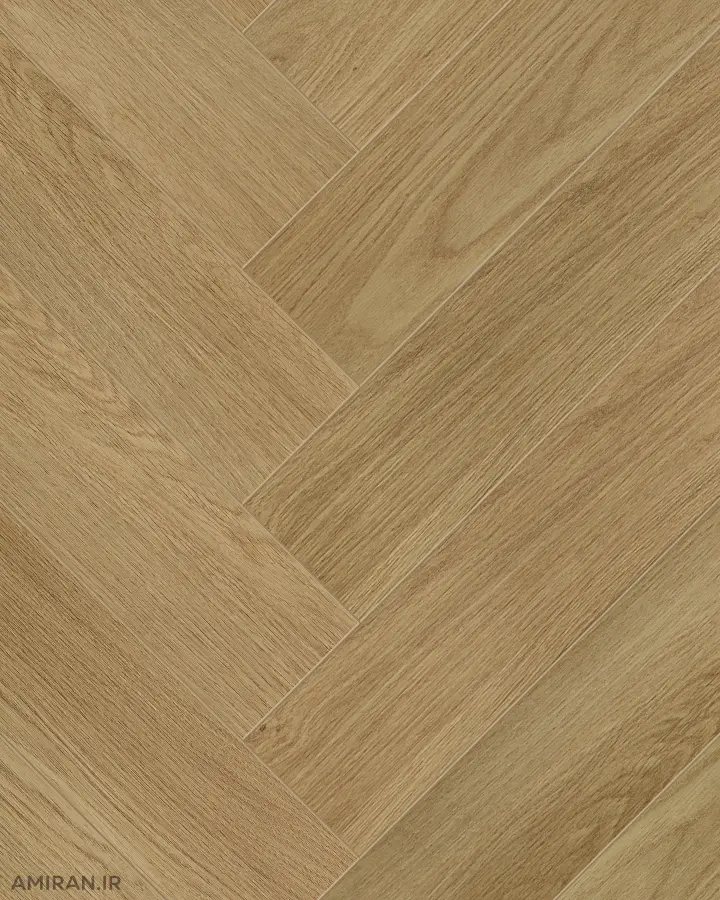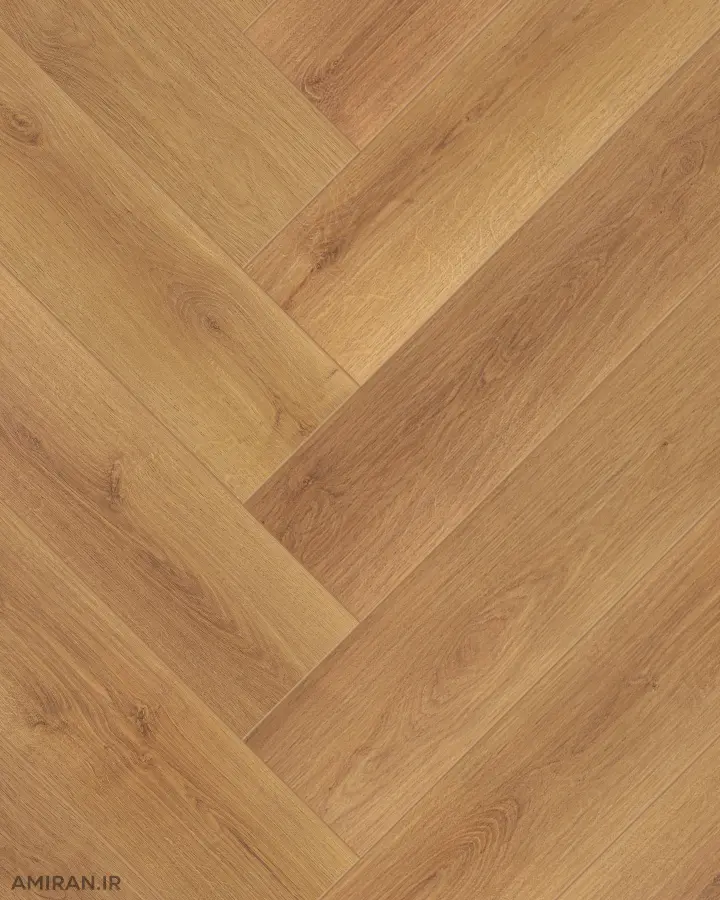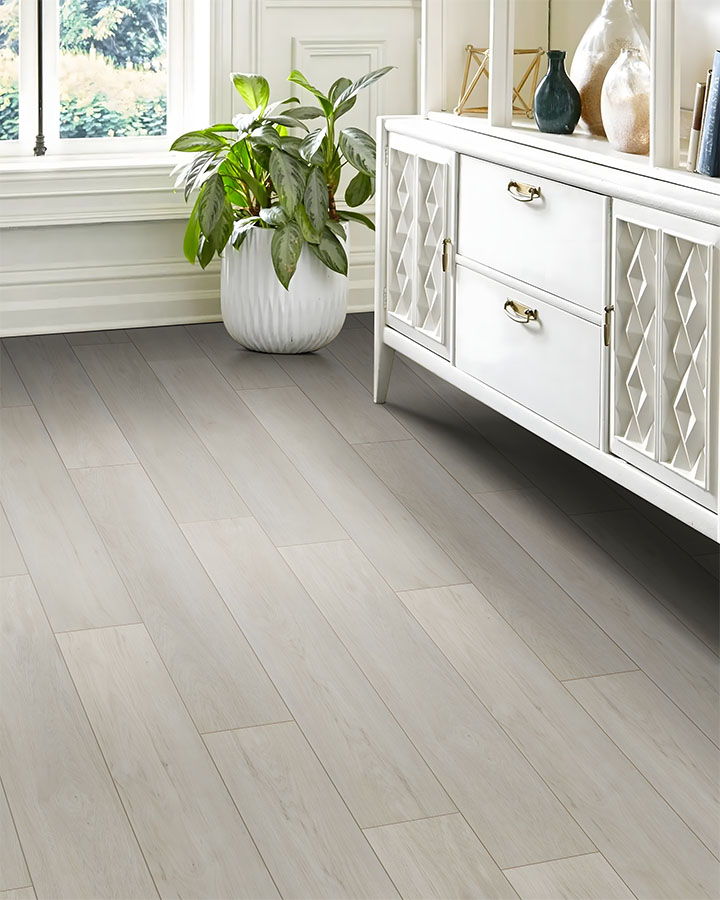Absolutely! Here's a translated version of the text, incorporating some improvements for clarity and conciseness:
Laminate Flooring: A Comprehensive Guide to Thickness
Laminate flooring has become a popular choice for modern homes due to its durability and aesthetic appeal. One of the key factors to consider when choosing laminate flooring is its thickness. This guide will delve into the different thickness options available, their benefits, and how to select the right thickness for your specific needs.
Common Laminate Thicknesses
Laminate flooring is typically available in the following thicknesses:
- 7mm: The thinnest option, ideal for low-traffic areas and budget-conscious consumers.
- 8mm: A popular choice for residential areas with moderate traffic. It offers a good balance between cost and performance.
- 10mm: Provides better sound insulation and is suitable for high-traffic areas or commercial spaces with moderate foot traffic.
- 12mm: The thickest option, offering superior durability and sound insulation. It's ideal for high-traffic commercial areas or residential spaces with heavy foot traffic.
Why Different Thicknesses?
The thickness of laminate flooring affects several factors, including:
- Durability: Thicker laminate flooring is generally more durable due to a thicker core layer, which provides greater strength.
- Sound Insulation: Thicker laminate flooring offers better sound insulation, reducing noise transmission to lower floors.
- Underfoot Feel: Thicker laminate flooring often provides a warmer and softer underfoot feel due to a thicker underlayment.
- Subfloor Leveling: Thicker laminate flooring can help to mask minor imperfections in the subfloor.
- Cost: Thicker laminate flooring typically costs more due to the increased amount of material and manufacturing complexity.
Factors to Consider When Choosing Thickness
When selecting the appropriate laminate thickness, consider the following factors:
- Traffic: For low-traffic areas, a 7mm or 8mm thickness may suffice. For high-traffic areas or commercial spaces, a 10mm or 12mm thickness is recommended.
- Sound Insulation: If sound reduction is a priority, opt for a laminate with a thickness of at least 10mm.
- Subfloor Condition: If your subfloor is uneven, a thicker laminate may be necessary to mask imperfections.
- Budget: Thicker laminate flooring is generally more expensive.
Types of Laminate Flooring
Laminate flooring can be classified based on its wear layer and abrasion class:
- Wear Layer:
- HDF: The most common type, made from high-density fiberboard. Durable and suitable for residential and commercial use.
- MDF: Made from medium-density fiberboard, more affordable but less durable than HDF.
- SPC (Stone Plastic Composite): A blend of plastic and stone, highly water-resistant and ideal for kitchens and bathrooms.
- Abrasion Class:
- AC1 to AC5: Ratings indicate the laminate's resistance to wear and tear, with AC5 being the most durable.
Design Options
Laminate flooring is available in a wide range of designs, including:
- Wood: The most popular choice, mimicking various wood species like oak, walnut, and maple.
- Stone: Provides a sleek, modern look, imitating materials like marble and granite.
- Abstract: Offers unique and eye-catching designs, such as geometric patterns.
In conclusion, selecting the right laminate flooring thickness depends on your specific needs and preferences. Consider factors such as traffic, sound insulation, subfloor condition, and budget when making your decision. Consulting with a flooring specialist can also help you choose the best option for your home or business.












